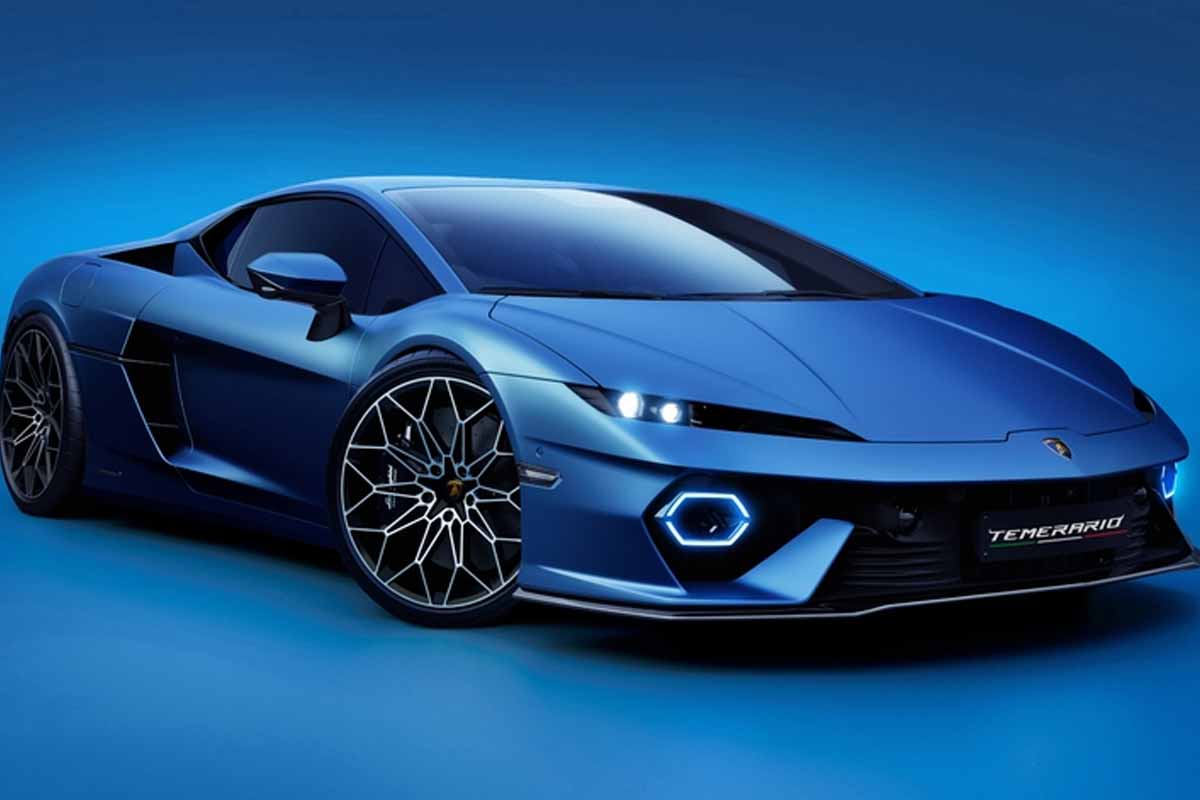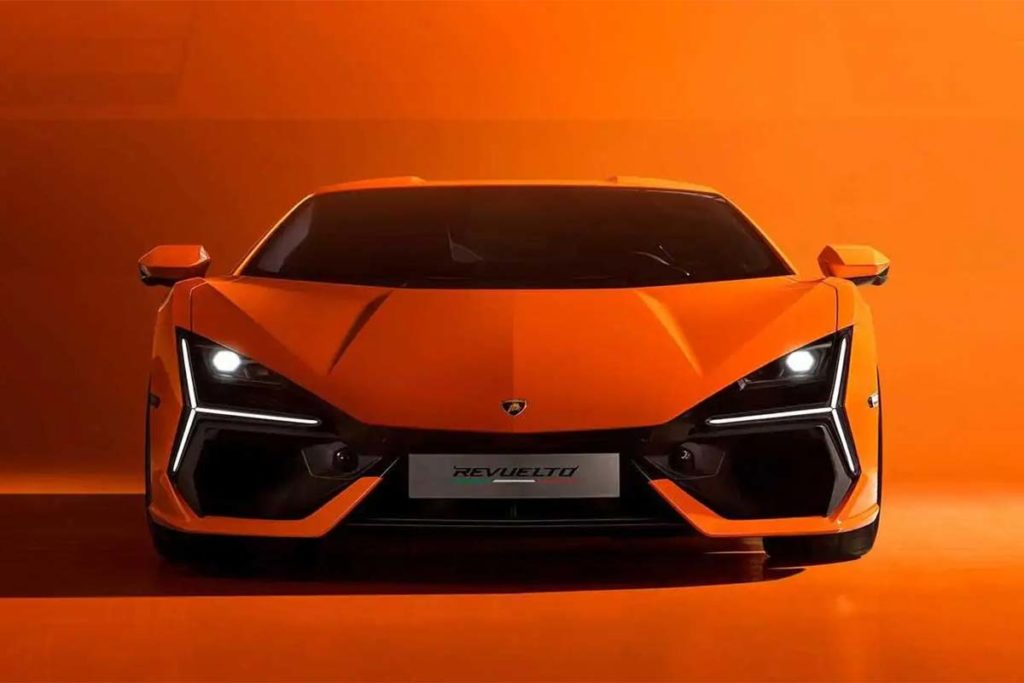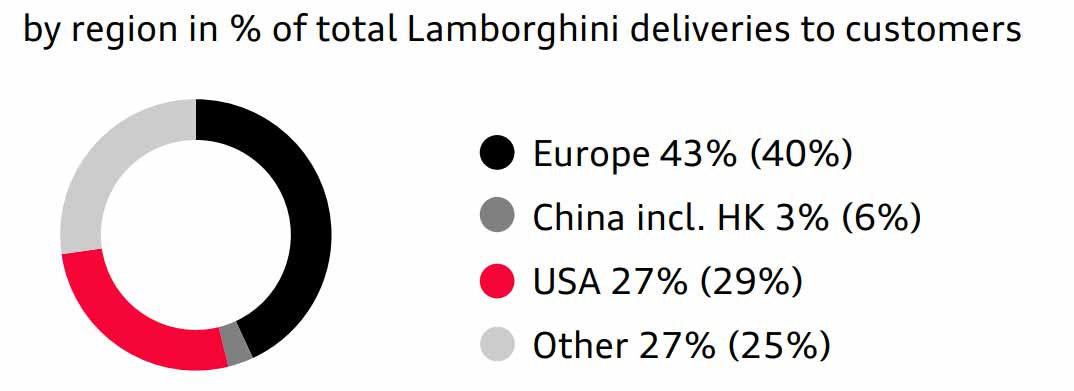
After a slow start to the year, figures for the first half of 2025 confirm that Lamborghini remains on course for a record year. Despite the end of Huracán production, the transition to the new range is a success, driven by the Urus and above all the Revuelto.
Revuelto and Urus boost sales
In the first six months of the year, Lamborghini delivered 5,681 cars to its customers, a slight increase of 2.2 % on the same period in 2024.

The Urus SUV, now available in its SE version, remains the best-selling model with 4,088 deliveries, up 29.7 %. The Revuelto, replacement for the Aventador and the brand's first plug-in hybrid supercar, confirms its success with 1,016 units delivered and order books already full until the first quarter of 2027.
The Temerario, successor to the Huracán unveiled at the end of 2024, has not yet begun deliveries, but production is in place and orders have been filled until 2026.

Europe in the lead, China running out of steam
While worldwide sales are on the rise, the geographical breakdown is changing. Europe confirms its position as Lamborghini's biggest market, with 43 % of sales. Conversely, China confirms its steady decline, which began several years ago (11 % in 2022, 8 % in 2023, 6 % in 2024 and now 3 % in the first half of 2025), while the United States remains stable despite a more timid start to the year due to active management of deliveries and tensions over tariffs.

Solid finances and a record year in sight
In financial terms, sales were stable at 1.621 billion euros, while operating income stood at 431 million euros, giving a very solid margin of 26.6 %.
The temporary drop in production (-25.4 1TP3Q), linked to the end of the Huracán and the ramp-up of the Temerario, has not prevented Lamborghini from posting solid fundamentals and exceptional order books.
With sales on the rise, full orders for several years to come and a product mix driven by rechargeable hybrid models, Lamborghini is heading for a historic 2025, which could well break new records, confirming the success of its transition to the electrified era.